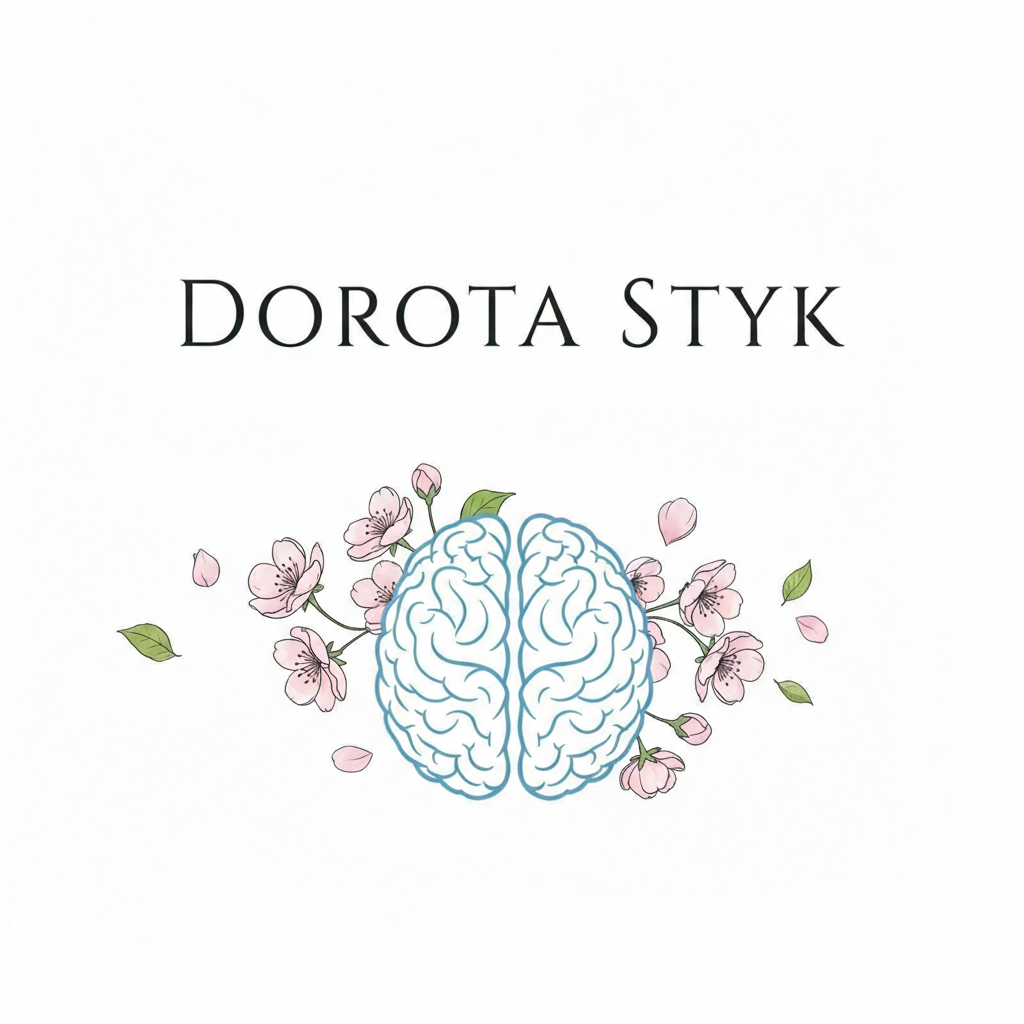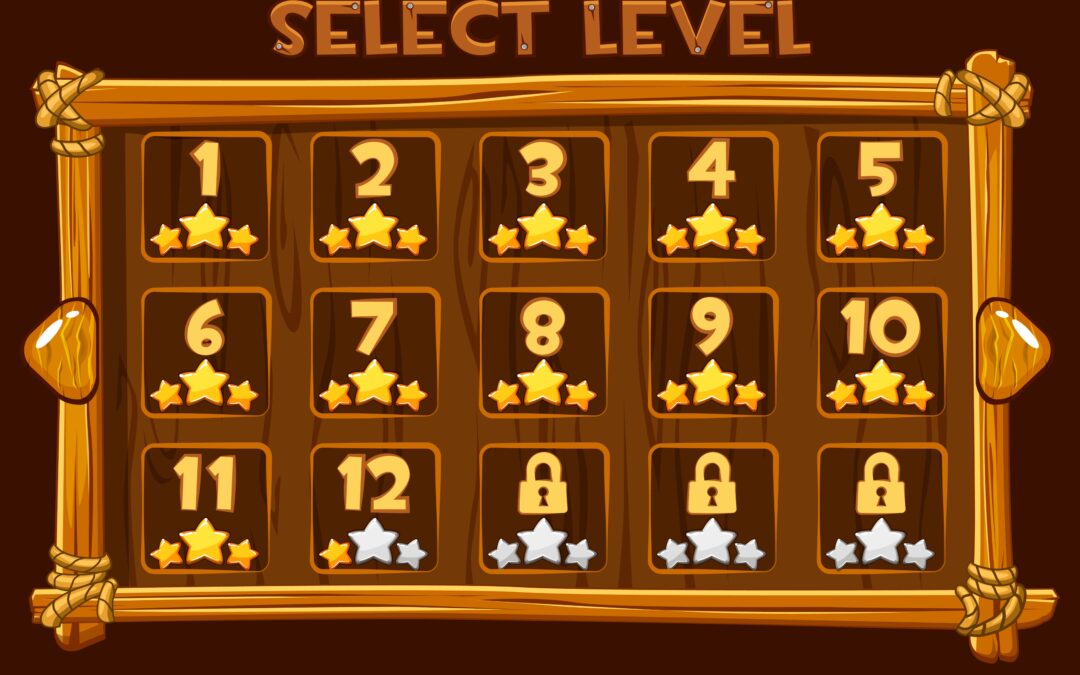It is well established that computerised gamified features of WMT increases attentional abilities of children with ADHD, patients who received cancer treatment, and stroke impaired adults (Green et al., 2012; Gropper et. al., 2014; Bigorra et al., 2015; Conklin, 2017; Westberg et al., 2007; Peers et al., 2018).
Research has shown that playing action video games (AVG) can enhance attention allocation and therefor increase reading speed of dyslexic children comparing to non-action video gamers (NAG) (Franceschini et al., 2013) suggesting that main component responsible for transfer is visual attention span (Antzaka et al., 2017).
According to Picton, Clark and Judge (2020), 83.1% of children aged 11 – 16 (N = 4626) play video games, most of the children are engaged with additional reading and writing related to games. Also, it has been reported that by video games players improve their social abilities, empathy, and facilitate self-expression through increased social connections related to gaming. 59.5% of the gamers responded that playing games helps them with problem solving. 46.8% suggest that their ability to teamwork has been developed through playing video games. As the report shows children prefer to video games over reading books because they “feel more part of the story” (Picton et al., 2020, p 7). Data collected suggest that children are more likely to engage in video game than to explore non-screen learning materials.
Research shows that children’s motivation and their ability to learn can dramatically decreased over the course of education chain (Frenzel et al., 2010).
In contrast, research exploring impacts of gamified educational materials suggest that children who digital-learn show more interest and engagement in learning material (Bertram, 2020) and teaching mathematics and computer science in a playful fashion can increase children’s engagement and thus learning efficiency (Hirsch-Pasek et al., 2008).
Study of Ronimus et al. (2019) has shown positive boosting impact of digital learning over book-based reading learning. Children who received digital learning were more emotionally and cognitively engaged in learning, according to teachers’ and parents’ observations.
In recent years, there has been an increasing amount of literature on sustained engagement in games.
Research consistently show that children are keener to learn, and their efficiency is increased while learning through gamified environment. Child needs to be constantly curious and motivated to bring their action into a learning task (Dehaene, 2021), thus learning is more efficient and learning outcomes are higher. Feedback plays a great role in child motivation to learn. Once child is discouraged by a feedback made in an inappropriate manner, their performance in future task in lowered, as their self-esteem has also lowered down (Dehaene, 2021).
References
Antzaka, A., Lallier, M., Meyer, S., Diard, J., Carreiras, M., & Valdois, S. (2017). Enhancing reading performance through action video games: The role of visual attention span. Scientific Reports, 7(1), 14563. https://doi.org/10.1038/s41598-017-15119-9
Bertram, L. (2020). Digital learning games for mathematics and computer science education: The need for preregistered RCTs, standardized methodology, and advanced technology. Frontiers in Psychology, 11, 2127. https://doi.org/10.3389/fpsyg.2020.02127
Bigorra, A., Garolera, M., Guijarro, S., & Hervás, A. (2015). Long-term far-transfer effects of working memory training in children with ADHD: A randomized controlled trial. European Child & Adolescent Psychiatry, 24(8), 853-867. https://doi.org/10.1007/s00787-015-0804-3
Conklin, H. M., Ashford, J. M., Clark, K. N., Martin-Elbahesh, K., Hardy, K. K., Merchant, T. E., Ogg, R. J., Jeha, S., Huang, L., & Zhang, H. (2017). Long-term efficacy of computerized cognitive training among survivors of childhood cancer: A single-blind randomized controlled trial. Journal of Clinical Oncology, 35(18), 2059-2065. https://doi.org/10.1200/JCO.2016.70.7257
Dehaene, S. (2021). How we learn: Why brains learn better than any machine… for now. Penguin Books.
Franceschini, S., Gori, S., Ruffino, M., Viola, S., Molteni, M., & Facoetti, A. (2013). Action video games make dyslexic children read better. Current Biology, 23(6), 462-466. https://doi.org/10.1016/j.cub.2013.01.044
Frenzel, A. C., Goetz, T., Pekrun, R., & Watt, H. M. G. (2010). Development of mathematics interest in adolescence: Influences of gender, family, and school context. Journal of Research on Adolescence, 20(2), 507-537. https://doi.org/10.1111/j.1532-7795.2010.00645.x
Green, C. T., Long, D. L., Green, D., Iosif, A.-M., Dixon, J. F., Miller, M. R., Fassbender, C., & Schweitzer, J. B. (2012). Will working memory training generalize to improve off-task behavior in children with attention-deficit/hyperactivity disorder? Neurotherapeutics, 9(3), 639-648. https://doi.org/10.1007/s13311-012-0124-y
Gropper, R. J., Gotlieb, H., Kronitz, R., & Tannock, R. (2014). Working memory training in college students with ADHD or LD. Journal of Attention Disorders, 18(4), 331-345. https://doi.org/10.1177/1087054713516490
Hirsh-Pasek, K., Zosh, J. M., Golinkoff, R. M., Gray, J. H., Robb, M. B., & Kaufman, J. (2015). Putting education in “educational” apps: Lessons from the science of learning. Psychological Science in the Public Interest, 16(1), 3-34. https://doi.org/10.1177/1529100615569721
Peers, P. V., Astle, D. E., Duncan, J., Murphy, F. C., Hampshire, A., Das, T., & Manly, T. (2018). Dissociable effects of attention vs working memory training on cognitive performance and everyday functioning following fronto-parietal strokes. Neuropsychological Rehabilitation, 30(6), 1092-1114. https://doi.org/10.1080/09602011.2018.1554534
Picton, I., Clark, C., & Judge, T. (2020). Video game playing and literacy: A survey of young people aged 11 to 16. National Literacy Trust.
Ronimus, M., Eklund, K., Pesu, L., & Lyytinen, H. (2019). Supporting struggling readers with digital game-based learning. Educational Technology Research and Development, 67(3), 639-663. https://doi.org/10.1007/s11423-019-09658-3
Westerberg, H., Jacobaeus, H., Hirvikoski, T., Clevberger, P., Östensson, M.-L., Bartfai, A., & Klingberg, T. (2007). Computerized working memory training after stroke–A pilot study. Brain Injury, 21(1), 21-29. https://doi.org/10.1080/02699050601148726

I am an experimental psychologist and cognitive neuroscientist, working as a PhD researcher in the Centre for Cognition, Computation and Modelling at Birkbeck, University of London. My work investigates the architecture of working memory, how our highest cognitive functions develop and change across the lifespan, and the design of interventions to support cognitive health, particularly in ageing.
My professional foundation in psychology and cognitive neuroscience is built upon over fifteen years of continuous, hands-on research and applied practice. This extensive trajectory is formally validated by a portfolio of over 245 accredited Continuing Professional Development and Continuing Medical Education certificates, reflecting a sustained and profound dedication to expertise.
My work is defined by established, evidence-based concentrations in complex, high-impact areas:
-
Clinical & Neurocognitive Health: My advanced expertise encompasses the neuroscience and clinical management of degenerative diseases such as Alzheimer's, Parkinson's, and Multiple Sclerosis, alongside neurodevelopmental conditions including ADHD and Autism. I also maintain a command of trauma-informed care, epilepsy, sleep disorders, schizophrenia, and substance use disorders.
-
Women's Mental Health & Lifespan Care: A core area of my practice focuses on women's mental health, with in-depth knowledge of disorders where biological and psychological health intersect. This includes specialised proficiency in perinatal and postpartum mental health, perimenopausal and menopausal mood disorders, the psychological impact of polycystic ovary syndrome (PCOS) and endometriosis, and the mental health dimensions of breast cancer and cardiovascular disease.
-
Intervention, Innovation & Cognitive Healthspan: My concentration is in designing both cognitive rehabilitation strategies and evidence-based programmes for healthy cognitive ageing. This involves the applied use and governance of AI in healthcare, machine learning for health equity, gamification in treatment, and deploying integrated telehealth platforms to support cognitive vitality across the lifespan.
-
Inclusive Practice & Scientific Leadership: My work is grounded in expert knowledge of mental health leadership, team-based care models, and the psychology of influence. It is further informed by advanced, practical training in diversity, equity, and inclusion—with a particular focus on LGBTQ+ health, mitigating unconscious bias, and providing culturally integrated care—all governed by a rigorous framework of research ethics and science communication.
Outside of academic research, I design and build proprietary digital tools for cognitive intervention. This work is the foundation of NeuxScience, a Software-as-a-Service (SaaS) platform that I architected and developed. The system leverages my own machine learning models and data science pipelines to deliver personalised, adaptive cognitive training by integrating my research on higher order cognitive functions directly into the platform's core logic.
I am committed to making the science of the mind clear and useful. Through my writing, I aim to educate, share evidence, and show how research in cognition and brain health can be applied in everyday, meaningful ways.
In my life beyond work, I am a mother and wife, managing a very full home with three boys, four dogs, and five cats.



